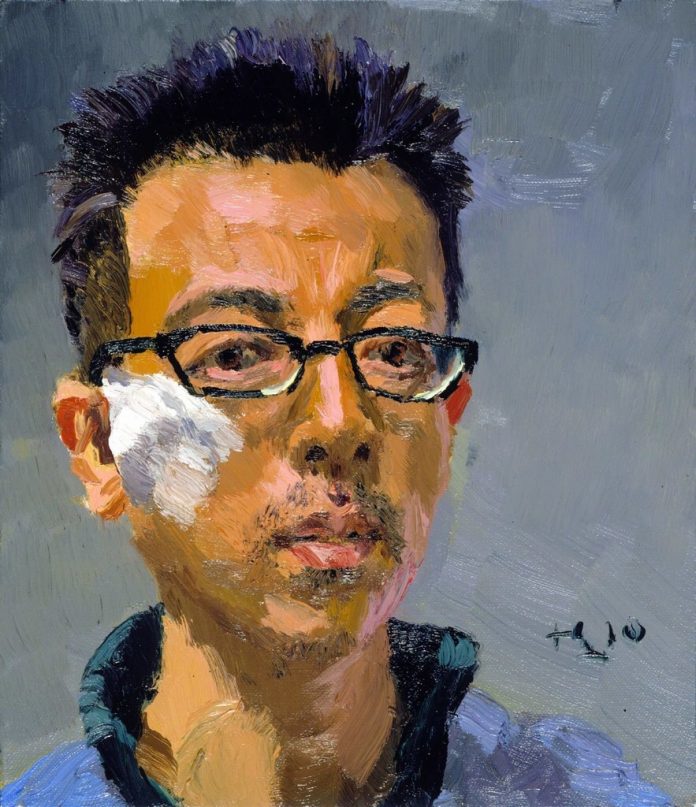Liu Xiaodong has won the glory of one of the best Chinese masters of figurative painting: nude nature and portrait. On his canvases are his friends – “sixties”, prostitutes, weary men, skinny teenage boys, soldiers, sensual lovers, and the Dalai Lama… He paints people as they are and as they could be.
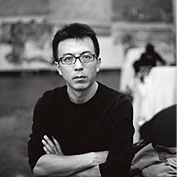
Remarkable artist Liu Xiaodong (刘小东) was born in 1963 in northeast China in Liaoning Province.
Liu Xiaodong studied drawing at the Central Academy of Fine Arts in Beijing (中央美术学院), and after graduating from his master’s degree in 1998 he went to Madrid to perfect his skills. Now Liu Xiaodong teaches in Beijing, rents a workshop in the famous Art Zone 798, is often exhibited and his works have joined the collections of many museums in Europe, Australia, America, and Japan.
The first exhibition that Liu Xiaodong participated in was called “Chinese Avant-Garde” (National Art Museum in Beijing, 1989). However, already in the early ’90s, even before his trip to Europe, the artist is fond of neo-realism, moves away from the abstract metaphysics of the avant-garde, concentrates on figurative painting, trying to express through a portrait the inner world of man. Gradually, Liu Xiaodong’s works become more expressive, spontaneous and he increasingly uses non-standard compositional solutions. He can never be called a sentimental artist, but his work also lacks the “cynical realism” inherent in Chinese artists such as Yue Minjun or Zhang Xiaogang.
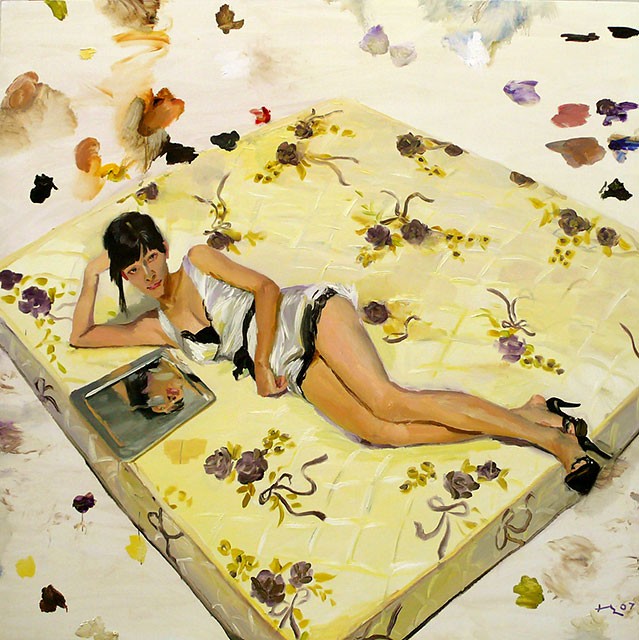
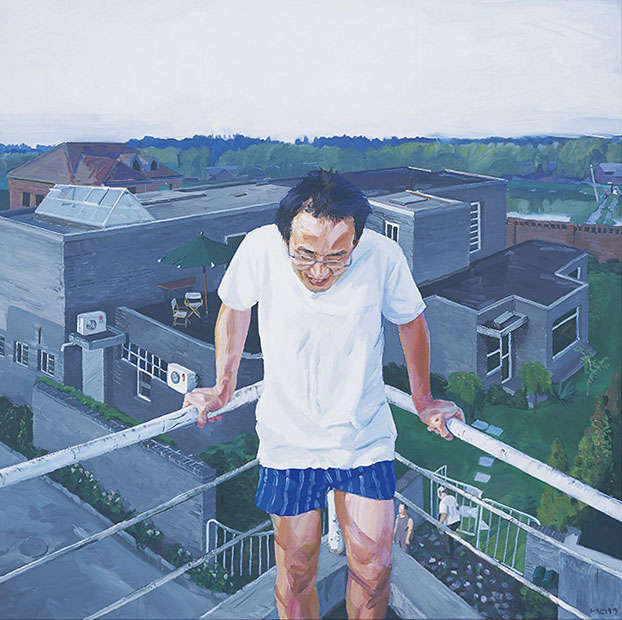
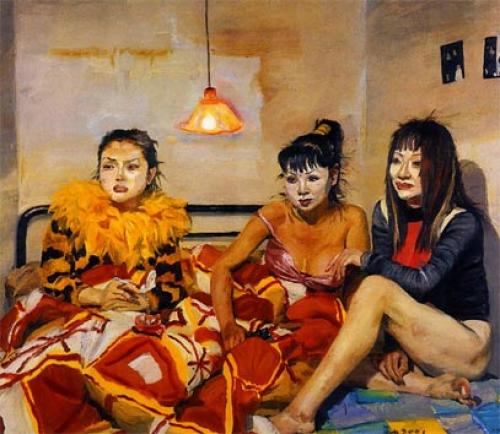
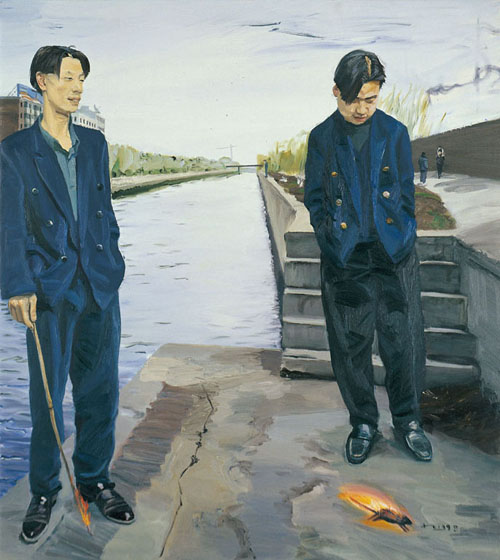
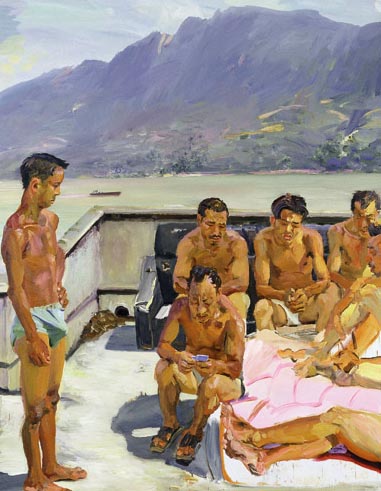
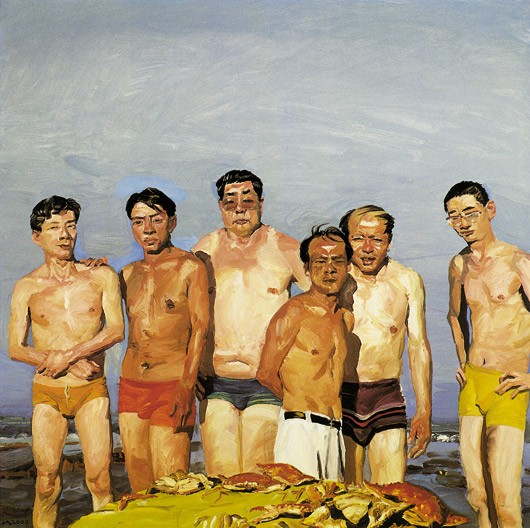
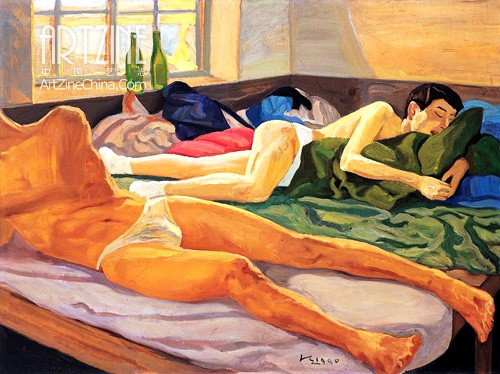
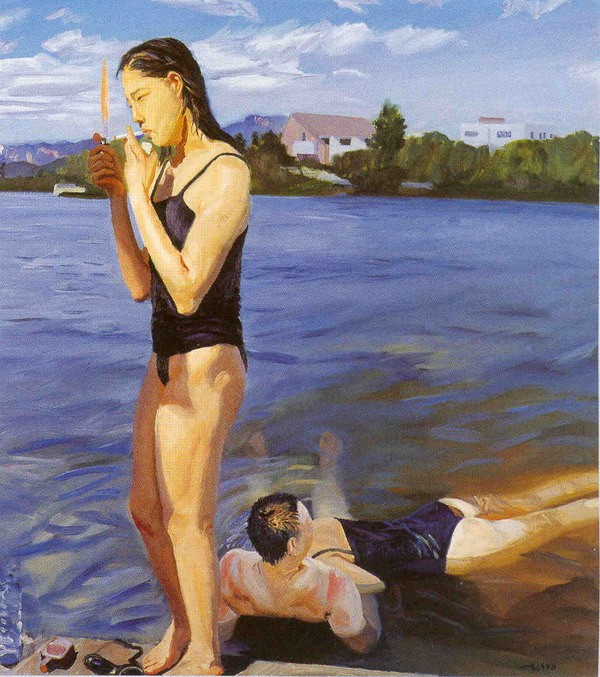
An interview with Liu Xiaodong while working at the Boston Museum of Fine Arts (2008).
Liu Xiaodong’s paints elaborate portraits in oil. The focus is on the modern man, whom the artist tries to portray as he is, often in the context of his surroundings. The artist’s first exhibition took place in 1989, but his real fame came in 1992 when he changed his direction from avant-gardism to social painting. Early works convey the general propensity of early 90s Chinese art to have a cynical vision of life.
An example of such work is the “Wedding Party” in 1992. The painting shows a table set with food cooked just to show hospitality, even if it has to be thrown away later.
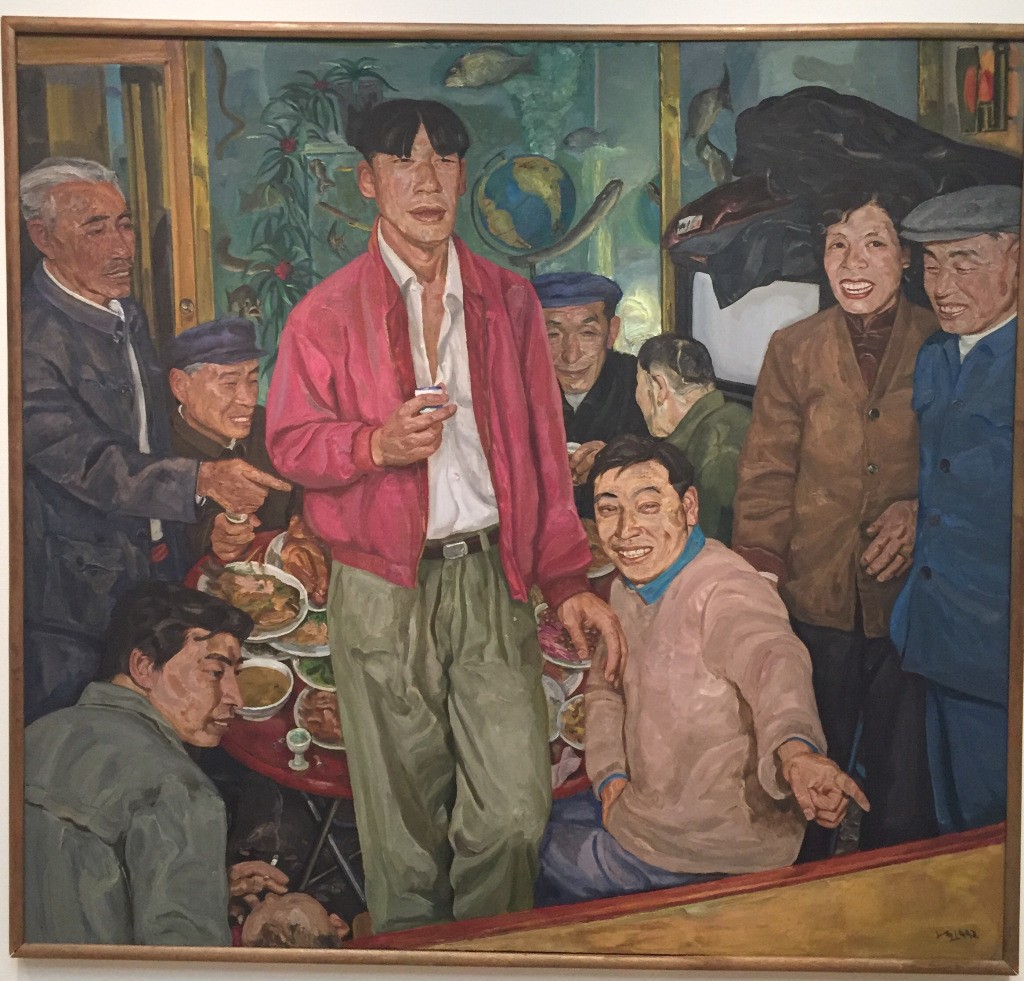
In later works, the artist explores different facets of China’s rapidly changing, increasingly consuming society. A society in which communist ideology is being destroyed, but no new one is yet. And completely different people with their anxieties, concerns, and joys appear in his paintings, revealing their soul, whether they are dressed or not.
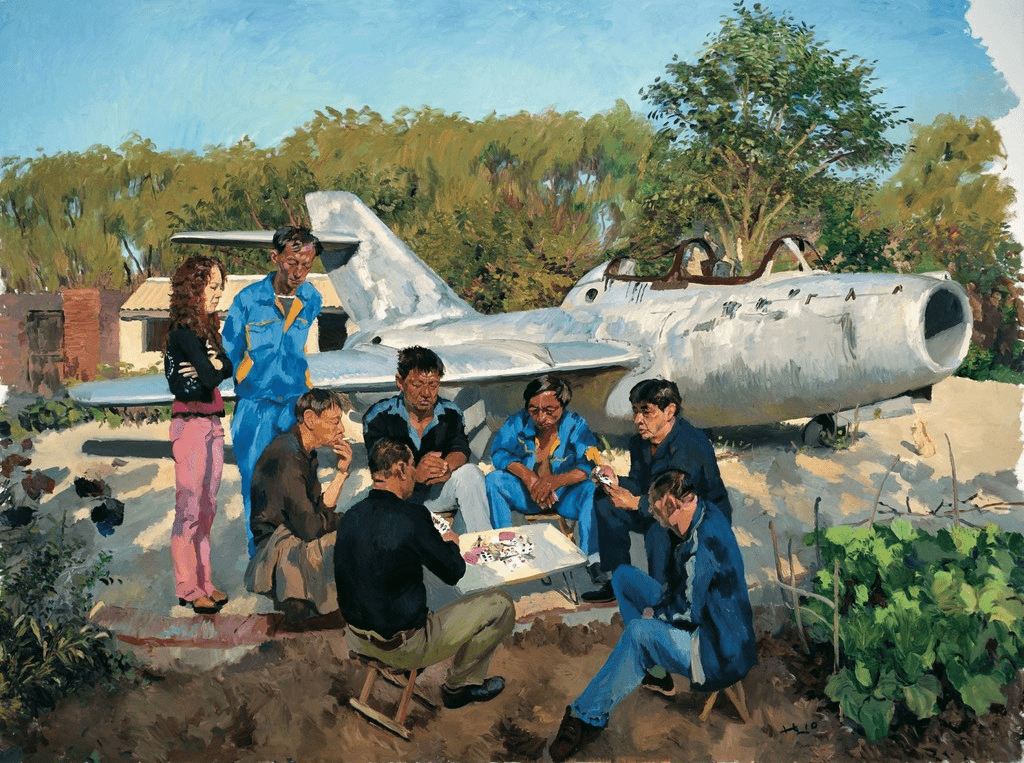
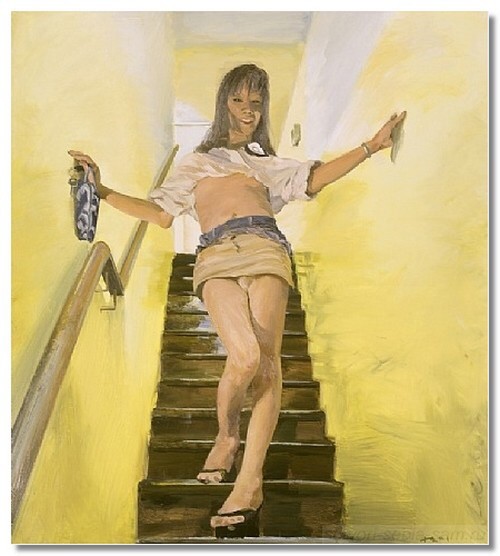
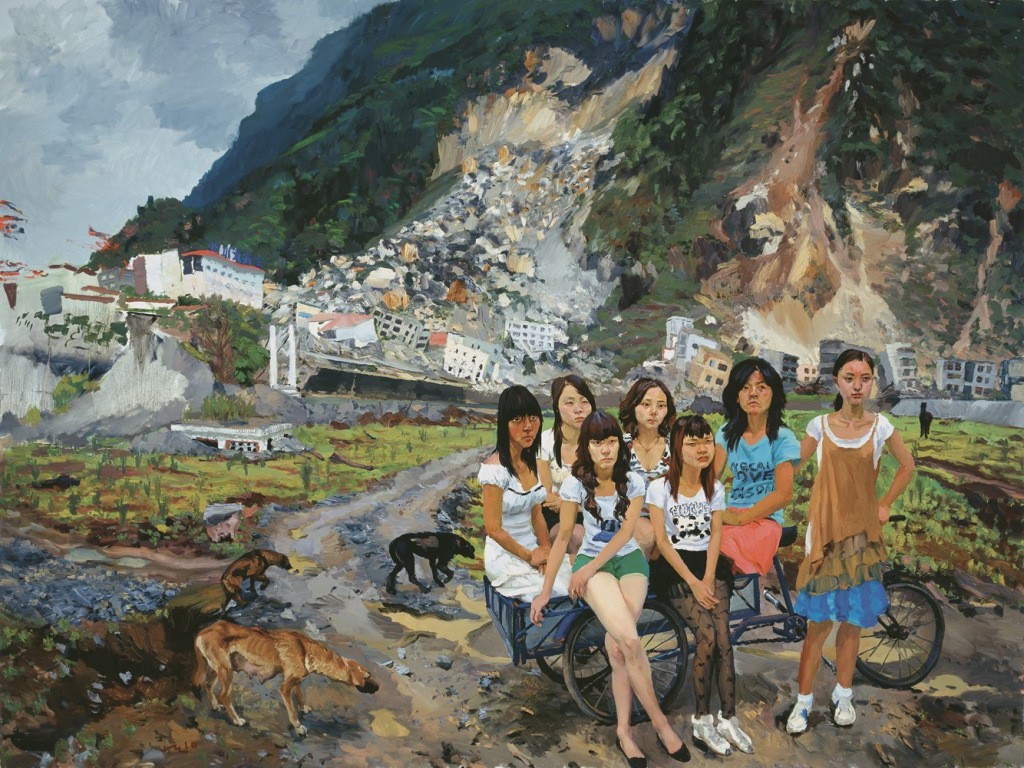
Liu Xiaodong says that society and the artist are connected as “one inhales, the other exhales”. The artist in this interpretation is a mirror, a historian of modernity. There is nothing repulsive or disgusting in Liu Xiaodong’s portraits; he accepts people for who they are.
Chinese contemporary painting attracts many: an unusual manner, a fresh look for a European, combining traditional Chinese painting with Western achievements.
Portraits and images of the artist are often naturalistic, too frank, hold the gaze of the viewer on the body, which the artist shows in every detail. Here he rightly calls himself a pupil of the English artist, grandson of Sigmund Freud, Lucian Freud.
The latter also studies the human body in all its details, even those places that are not allowed to focus on. The common thing that they have in common, that the man Lucian Freud and Liu Xiaodong experiences tragedy, he is not protected by the glamorous appearance, is shown as he is in all its attractiveness and unattractiveness at the same time. There are similarities between them in the manner of writing: expressive and emotional, with a rich stroke.
Liu Xiaodong’s work refers to the flow of “New Realism” (neo-realism). Starting with abstractionism and avant-garde, Liu gradually moves away from them. His manner becomes impetuous, his color is juicy and bold.
He first exhibited at a group exhibition of Chinese avant-garde artists in 1989. But the real first success came in 1990 after a solo exhibition in Beijing. In 1993, he visited the USA, where he was struck by the difference in tradition but also by its unity. In 1998-1999, he studied at the Academy of Fine Arts of the Complutense University in Madrid.
Then Liu Xiaodong becomes a participant of the group and personal exhibitions in the USA, Australia, Cuba, France, Taiwan, Belgium, Italy, and further – all over the world. His paintings are now in all the collections of famous museums.
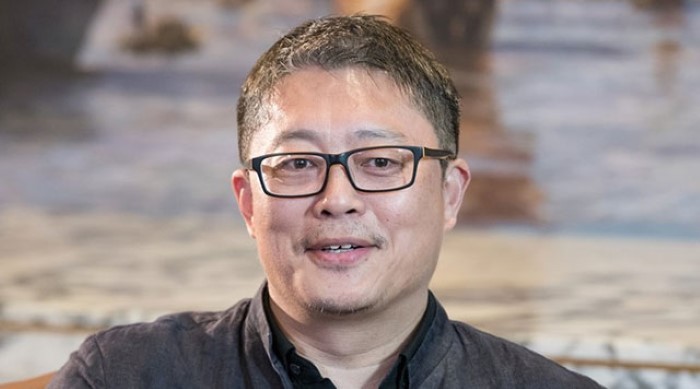
But he is also involved in shooting documentary and feature films, for which he has won several prestigious European awards.






